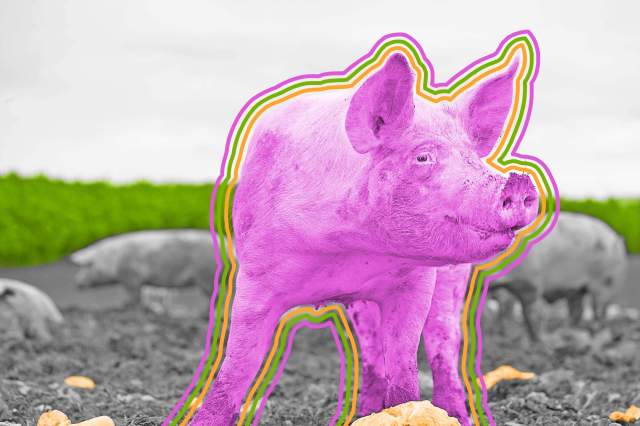
Numbers Don't Lie

Hibernating during the summer to keep cool is called ______.

Ready to reveal?
Confirm your email to play the next question?

Hibernating during the summer to keep cool is called estivation.

The phrase “sweating like a pig” comes from iron — not the animal.
During the traditional iron smelting process, hot iron was poured into molds lined with sand and arranged with one runner feeding into many rows. The molds were said to resemble a row of piglets suckling a sow, which is how crude iron became known by its common name, “pig iron.” The phrase “sweating like a pig” comes from the fact that as the iron cools, water vapor condenses on its surface — a signal that it’s now safe to handle. Although this phrase is likely a 19th-century European invention, the Chinese first used pig iron thousands of years ago, and it’s still used today as a raw material for iron steelmaking.
















